Central Europe 2022 - Budapest
Budapest
At half past nine on the third day in Ljubljana I boarded the direct train to Budapest. The train, InterCity 247, was named “Citadella”, after the name of the citadel in Budapest. Ironically, I later found that the Citadella was completely closed to the public due to restoration (and the restoration was not a delicate one devoted to preservation, judging from the construction site). This was the longest train ride (excluding NightJet) on my journey, and in the end took almost eight hours including delay. The first half, i.e., the half within Slovenia was enjoyable. The carriage was not crowded, and I got to enjoy the views of the tranquil river valleys under the sun. I was excited, as Budapest had been listed one of the favourite cities by Lu and JMY, and I had great expectations for it. My excitement was however weakened as I entered Hungary. At that point the weather was turning to cloudy or overcast, and my back began to hurt because of the long travel. What made the situation worse was that the Hungary section of the journey was apparently subject to seat reservation. As more passengers with seat reservation boarded the train and mingled with those who didn’t, I had to change seat. When we finally arrived in Budapest, the crowded carriage reeked of exhaustion.
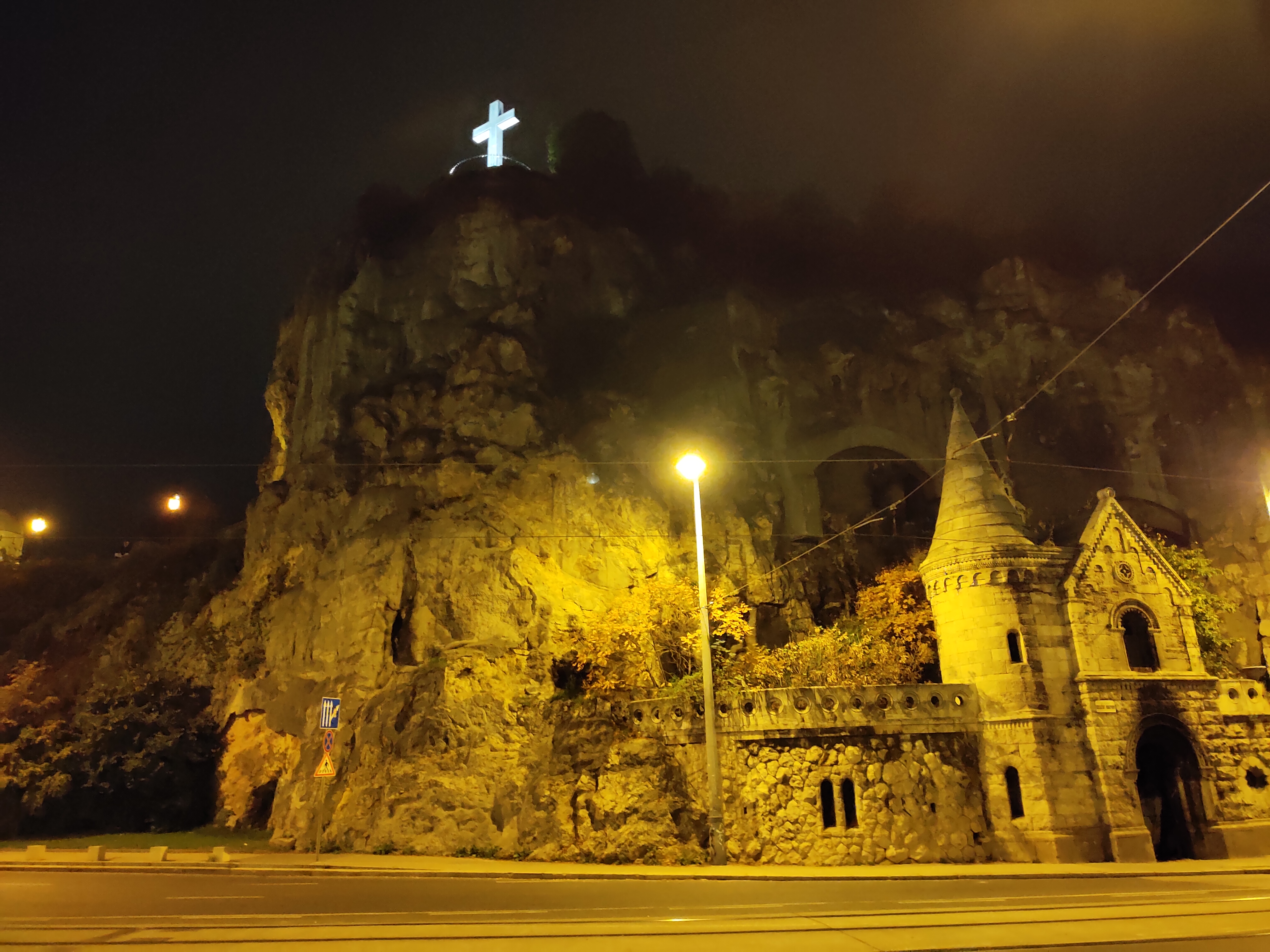
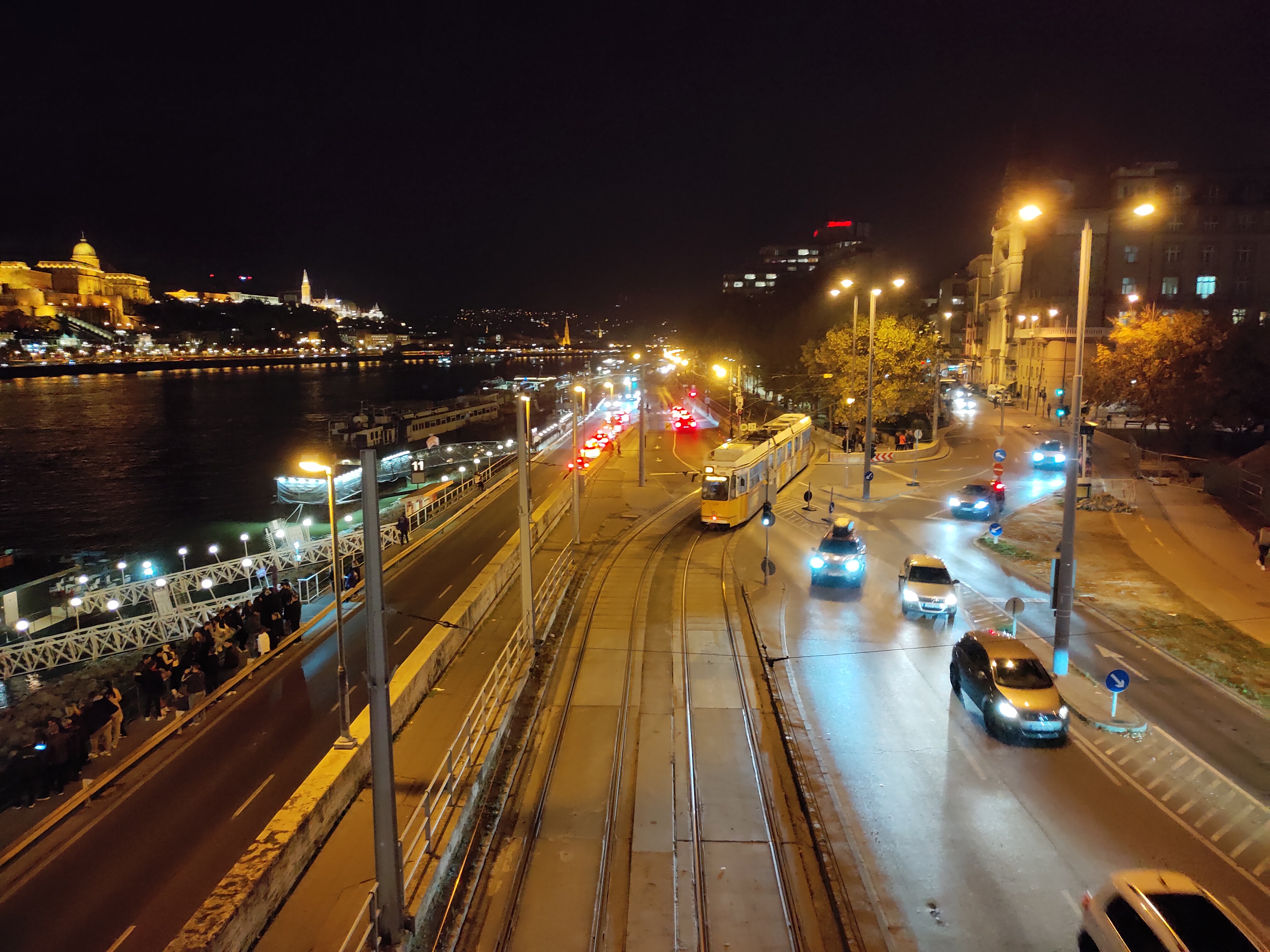
My stay in Budapest was shadowed by both bad weather and sickness. There was a mist accompanying the already melancholic overcast weather, which only grew thicker over the days. On my last day in Budapest one could barely see across the Danube. I ran a fever on the second day in Budapest, and felt dizzy for my entire stay. It was difficult to pinpoint where exactly I got infected, as there were too many people with common cold, flu or covid symptoms - significant symptoms. Not just sneezing, but constant coughing, and one of my roommates during my first night at the hostel talked weirdly in his sleep. “He has a fever,” Omar, who was also in the same room, and with whom I acquainted over the breakfast, said, “and I think he might be hallucinating in his sleep”. “This place (Hungary) was the first place to decide to completely leave covid behind,” Manuel, a Canadian with whom I had several long conversations, said satisfactorily, “I was able to come here last year when everywhere else was closed.” Given my health condition during my stay and all those people with significant symptoms but didn’t bother taking any precautions, I seriously doubt if that was a good piece of news. I, on the other hand, reinstated the mask obligation for myself in indoor areas after I showed symptoms, this time not to protect myself, but mostly for the protection of others.
Despite the weather and sickness, I was still able to visit many places. Granted, some of my impressions were also negatively affected by my illness and the lighting, but I really couldn’t speak highly of the curation of the national museum, especially the exhibition on the first floor displaying historical artifacts since the 12th century. There were no rich illustrations, and the text explanations with small fonts were placed in all kinds of weird places - for instance, 50 centimeters above the ground - how was I even supposed to read this? Should I crouch down just to read the fine prints? The english versions of the text were often (let’s say, 80% of the boards) missing letters, because instead of printing the entire poster, they seemed to have printed/glued individual letters as a separate layer onto the boards. In most cases it was not hard to guess the missing letters, but the condition of the texts still slowed down reading. The prohibition of photography was also an unpleasant thing. The aged staff of the museums would patrol the exhibition, and prevent people from taking photos. Once I was only searching for additional info on Wikipedia on my smartphone when a staff member approached me and asked me to delete whatever photo I had taken. She also didn’t speak too much English, so we had to make do with our limited means of communication. I have seen prohibitions of photography in art galleries mostly, presumably due to copyright issues, but such prohibitions in a permanent historical artifact exhibition was quite unusual. Later I found that you could purchase additional permit for photography at the ticket office, so I suppose this is just a way to charge more.

The prehistoric to 11th century exhibition on the ground floor was somewhat better. The illustrations were richer, the lightings were well calibrated and had emphasis on specific items, and even the texts were no longer missing letters. As I progressed through the exhibition I began to realize that central-eastern Europe shares a similar history, up to around the end of the first millennium. The earliest settlers in the historical times were always the Celts, in both Slovenia and Hungary. Around the beginning of the first millennium the region was incorporated into the Roman empire and thus received Roman influence. In Ljubljana, one could still see the (restored) Trajan column, as well as the Roman stone tablet relic in the national museum. As the Roman empire faded, this region was then subject to Barbarian invasions, or in a more civilized name, the migration period. Starting in the 4th century, due to the pressure of the Huns (and other nomadic tribes such as Avars) from east Europe, Germanic tribes migrated westwards and occupied the region. These tribes then migrated (or pushed) further westwards, establishing the Frank kingdoms, leaving Czech, Slovakia and Slovenia to the Slavs, and later, Hungary to the Magyars. The battle between forces such as Frankish kingdom, Byzantine, and Bulgaria, can often be seen in central-eastern Europe during this time period. Residents from these regions were mostly Christianized by the end of the first Millennium, and what happened afterwards is really more easily analyzed in the framework of Medieval feudal systems. In the early second millennium, modern day Hungary, Czechia and Slovakia were ruled by native monarchs, such as Saint Stephen (Szent Istvan) in Hungary, or duchy of Bohemia in Czechia. Despite ruled by native monarchs, these monarchs all identified themselves with the western Catholic Christianity, esp. after the Great Schism. Modern day Slovenia was mostly absorbed into the Holy Roman Empire early on, and the entire central-eastern Europe fell under the direct rule of House of Luxembourg starting the 14th century. Charles IV, initially possessing the crown of Bohemia, rose to prominent position and acquired the throne of the Holy Roman Empire, with his seat in modern day Prague. Later, Sigismund of Luxembourg, first King of Hungary, was crowned Emperor of the Holy Roman Empire with his seats probably in nowadays Budapest. After that the house of Luxembourg gave way to the austrian House of Habsburg, and so on so forth.
Another interesting observation was that along my journey, Budapest was the only place where I was denied reduced fee tickets at museums because I am not a citizen of EU. One does not only need to be a student/young person and a resident in Europe, but also need to be a citizen of EU in order to be considered for fee reduction. The staff at the ticket office even checked my nationality on the residence permit and said I was not eligible when I visited the national gallery in Buda castle on my second day in Budapest. As a result, I paid for ~6500 HUF (equiv. ~16 euro) for the national museum and the national gallery altogether. Considering the items and the mediocre curating, the 20 euro ticket for the Uffizi museum seems a real bargain.
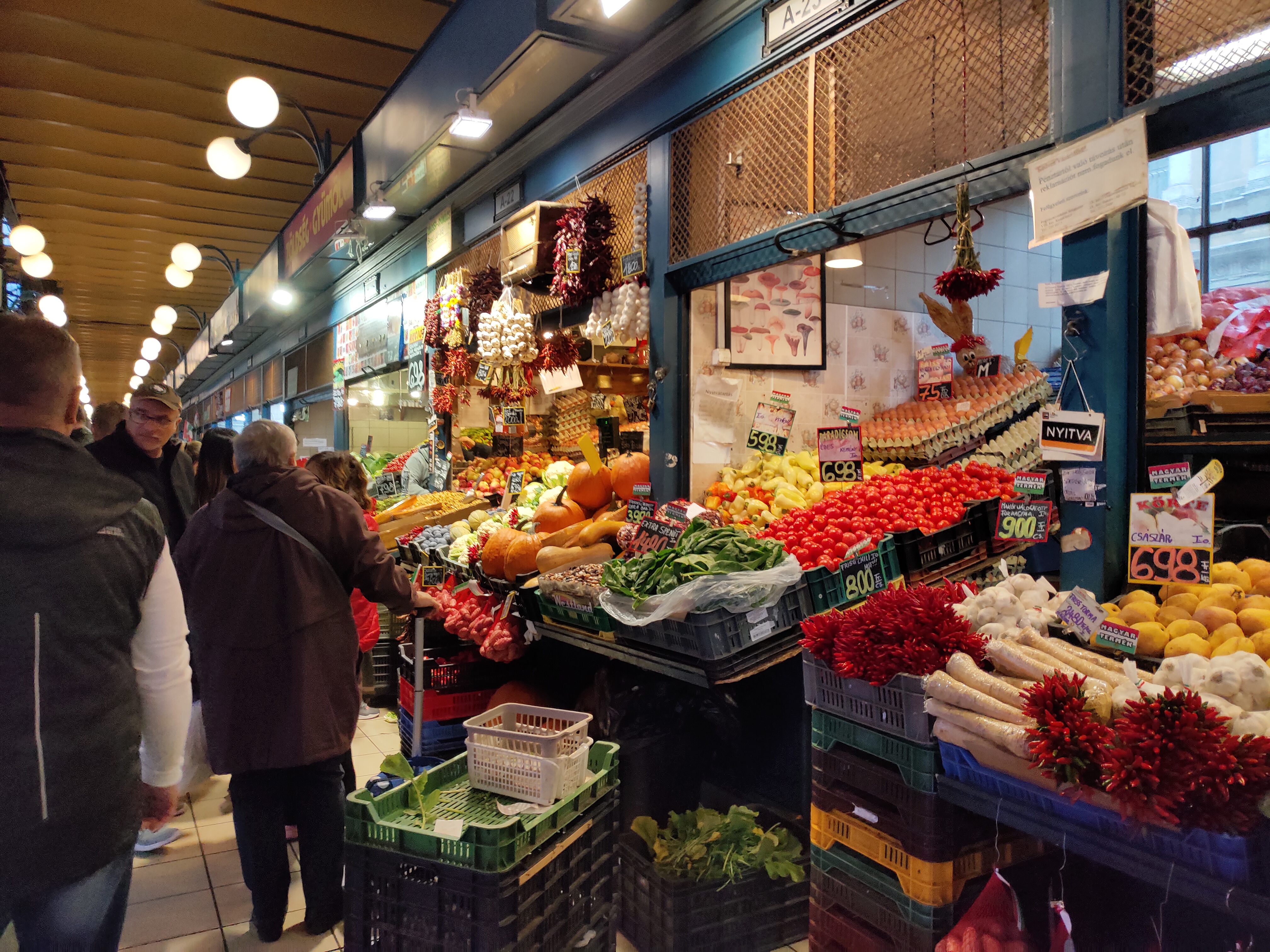
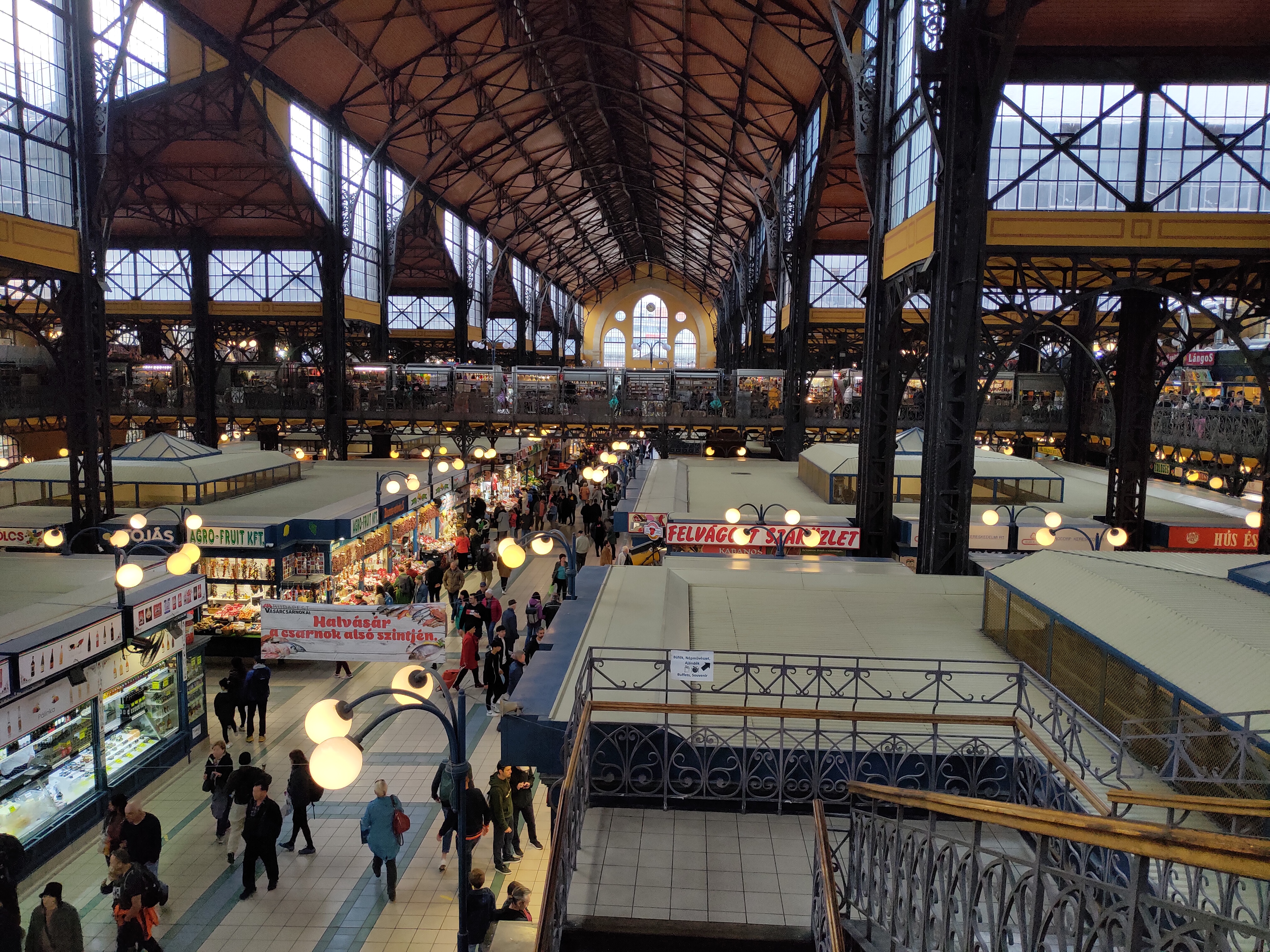
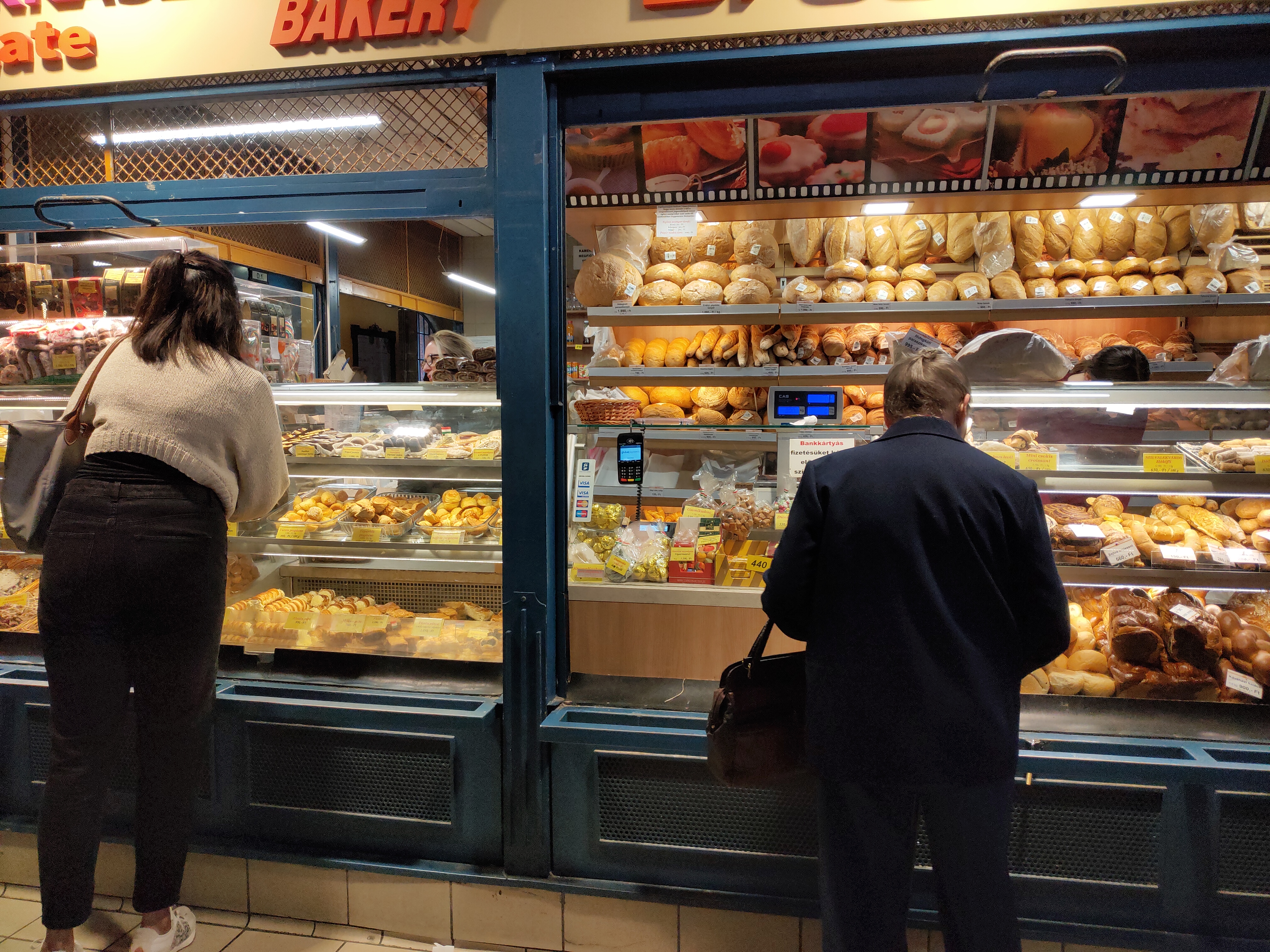
I also tried out other touristic experiences in Budapest. On the first day I boarded an evening cruise along the Danube, and took photos of Buda castle, the Parliament, and many other magnificent architecture along the Danube with shiny lights in the evening. Retrospectively, the cold wind on the Danube probably weakened my immune system and indirectly led to me being ill for the next three days. On the second day I took a walk on the Buda hill, and found that the Citadella as well as the monument were closed due to restoration. The construction site was like a normal one, and it was hard to believe it was a historical architecture covered by the scaffold. I did, however, had an interesting experience on the path near the top of the hill. A local guy, about 50-60 years of age, was there running a gambling stall. He had three bottle caps, and a small ball under one of them. The rule was quite simple. He put the ball under one cap and quickly mix the caps like a magician, and he would ask passers-by where the ball was. The wager was always 100 euro or equivalence, and if the person guessed correctly, he would get another 100 euro. It was unbelieveable that people would really fall for that, as not only was it obvious that as long as the owner was a good enough magician, the expectation would be -33 euro per attempt, but the wager was also high and the so was the risk. However, under my watch, three tourists of the same age happily threw in around four to five hundred euro and lost around half of it, whether because of the showmanship of the owner, the good mood of the tourists, or simply because they were so wealthy that they didn’t care about several hundred bucks.

In the evening I went to the Chinatown in Budapest, and experienced how rapidly the quality of the infrastructure and constructions declined away from the center. Only 3km from the central business district and I no longer felt I was in the splendid capital of Hungary, and when I reached Chinatown, circa 5km from the center, it was almost like I came to an post-apocalyptic abandoned wholesale market. This property reminded me of Beijing, although the scale is different. 5-10km from the CBD, Beijing already felt more like a mediocre city rather than a capital. And if you go another 5-10km from places like Haidian district, as you enter the mountains, the infrastructure of the city completely declines to that of a county. In contrast, when you are in Shanghai, you find plenty of secondary city centers that make areas 10 or 20km from the primary city center up to the same quality level of infrastructure, if not even higher. I observed similar conditions in Prague, arguably my favorite city along my journey, where you can easily go 5km and stay in the prosperous and well-maintained urban areas - I am not talking about concrete jungles, but clean and tidy streets, cute buildings, etc.